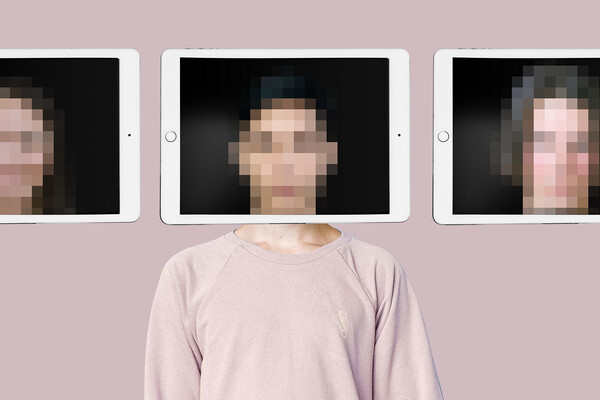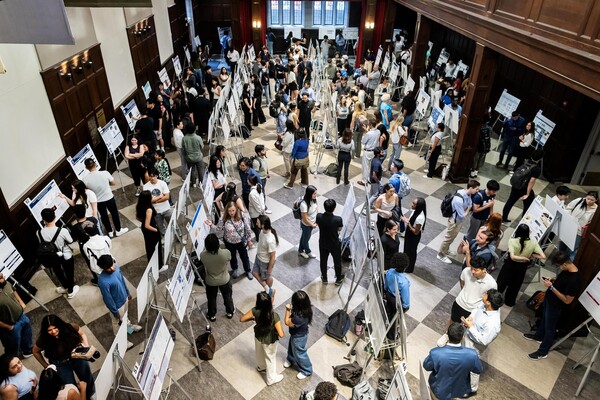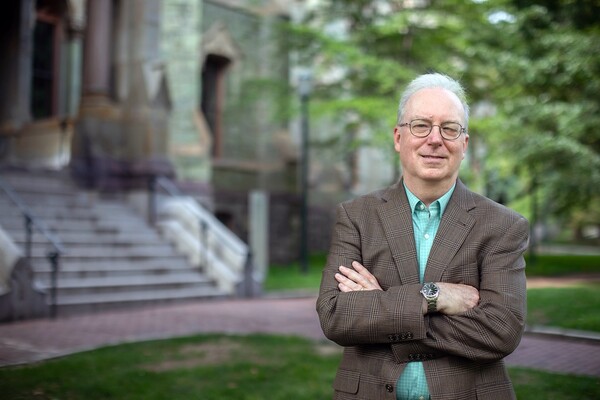
Image: Mininyx Doodle via Getty Images
Medical receptionist Cassandra Adams compares doing her job to playing the ultimate hostess—the one who should know who everyone is, where everything is, and who to call when she doesn’t. But Adams isn’t simply welcoming guests to a club or luncheon. She’s part of a critical service that can prevent students from resorting to urgent care or emergency rooms. Now that hospitals in Philadelphia and across the nation face a flood of COVD-19 patients, the importance of that service has increased, and so have the challenges.
Before Penn announced its COVID-19 response, Cassandra Adams and fellow medical receptionists at Student Health Service (SHS) handled tasks familiar to anyone who has had an outpatient medical appointment. They also took on some special duties that go with life on an urban university campus, such as handing out self-care flyers and greeting groups of prospective students from around the world.
With the University under limited operations and the entire region under orders to limit contact with others, nearly all patient interactions take place remotely. Adams helps to connect students to doctors and nurses by phone, answering their calls, performing intake to gather the basics about their condition, then communicating that information to the next person in the care chain—a doctor or nurse—who follows up with the patient by phone.
Although most Penn students have moved away from campus to continue their studies online, many continue to rely on SHS. For the students who had to remain on campus, it’s still crucial to keep the SHS clinic open with a receptionist like Adams on site to guide visiting patients and support the medical practitioners during their rotations.
“If a doctor decides, after calling the patient, they need to come in to the clinic, I’m here," she says.
Read more at Penn Human Resources.
From Penn Human Resources

Image: Mininyx Doodle via Getty Images

nocred

Image: Pencho Chukov via Getty Images

Charles Kane, Christopher H. Browne Distinguished Professor of Physics at Penn’s School of Arts & Sciences.
(Image: Brooke Sietinsons)